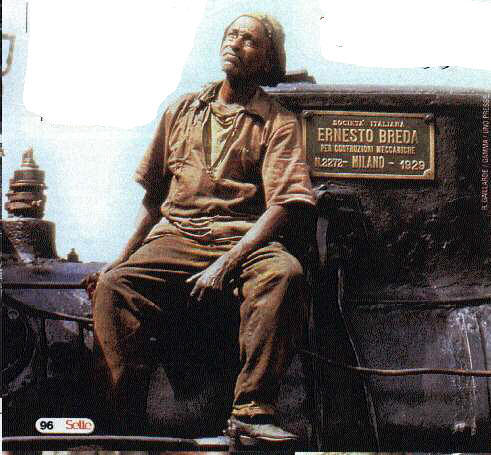| Breda, Ansaldo and the Littorine went on undisturbed
to perform their acrobatics on a track less than one meter wide (exact
gauge 95 centimeters) also in the Fifties and in the Sixties, when Eritrea
was annexed to the Ethiopia of Hailè Selassiè.
In 1965 they established the record, carrying 446 thousand passengers and 200 thousand tons of goods. Italian railmen did not exist anymore, but one went on saying “rotaie, scambio, caldaia, tubi” (rails, switch, boiler, pipes). “For sure” explains the depot chief Seium Baraki, “italian language is better: you write ‘acqua’ and say ‘acqua’; in English, instead, you write water and have to say ‘uotar’ and this is not suited to run trains. Then, one morning of September 1975, one Ansaldo stopped
in a cloud of steam in the damp heat of the Massaua station.
The government of president Isayas Afeworki, made up of
former warriors that after the liberation started to follow University
courses by mail, thought of rebuilding the colonial railway, exactly as
it was.
“To rebuild it
with a pile of rusty iron: this is the sign of our strength.”  |
 |
|
Prev Page |
Next Page |

Home |

Scrapbook |
| Who | What | Why | When | Where |